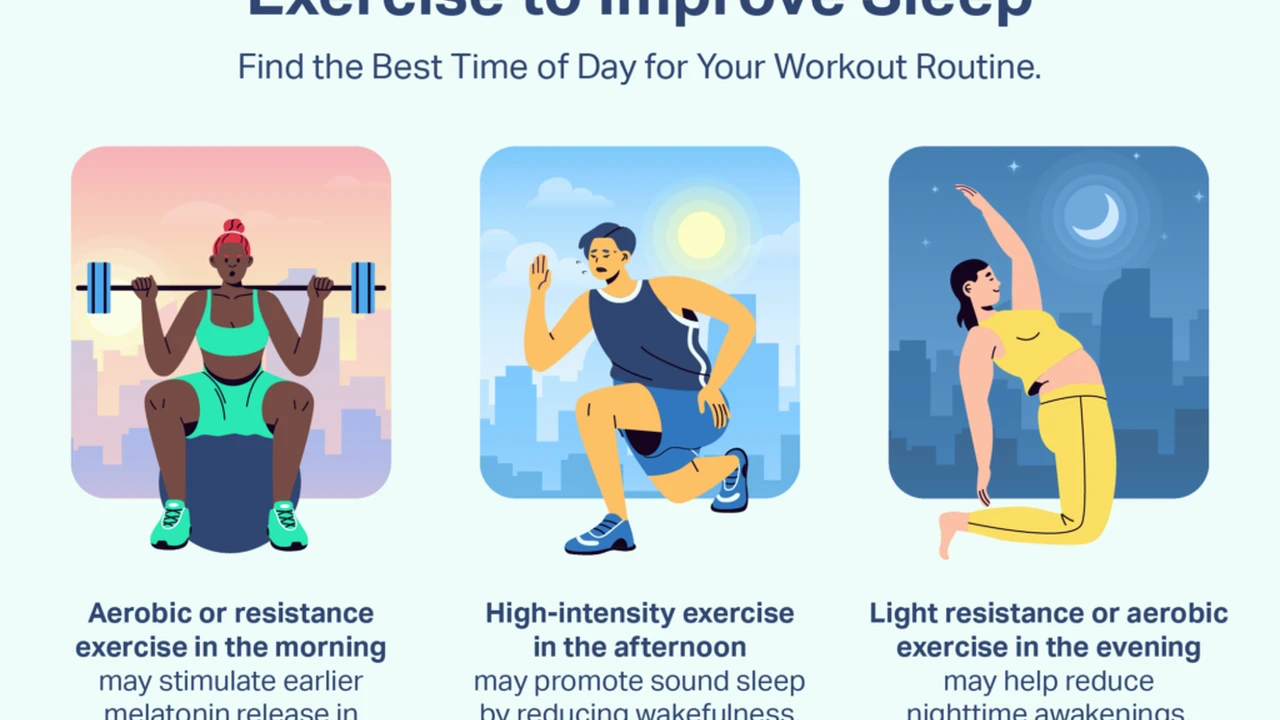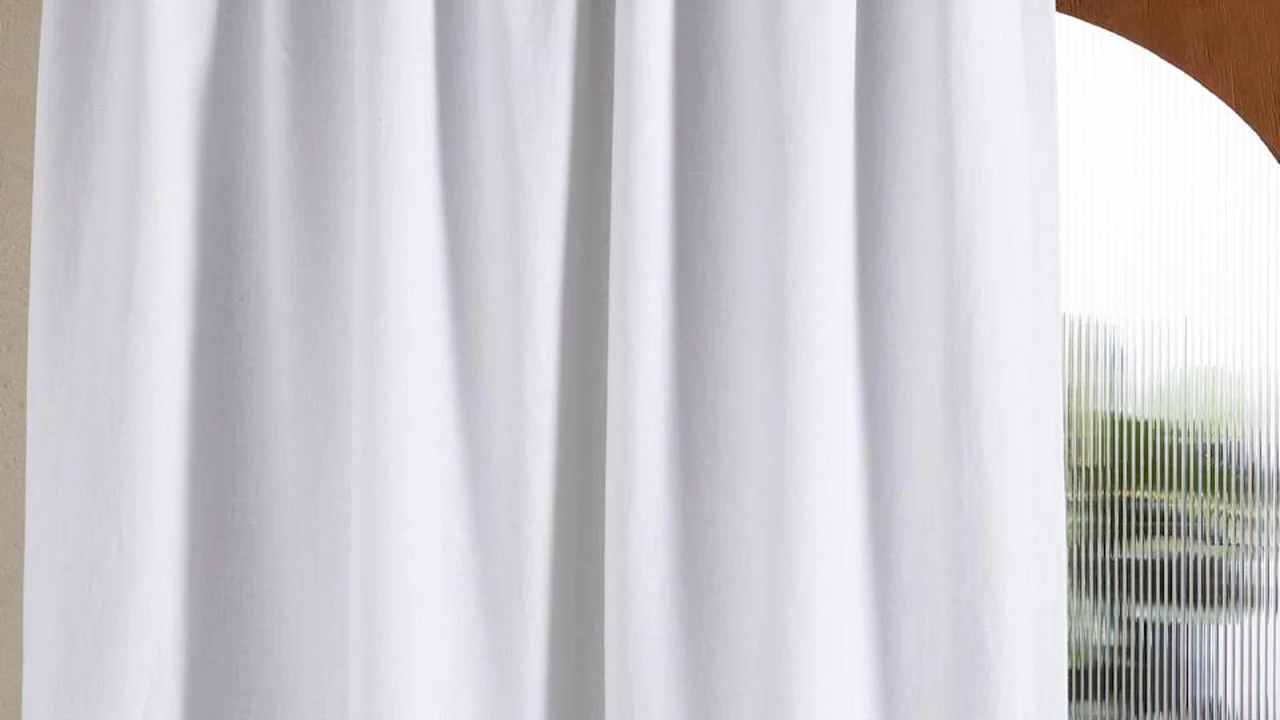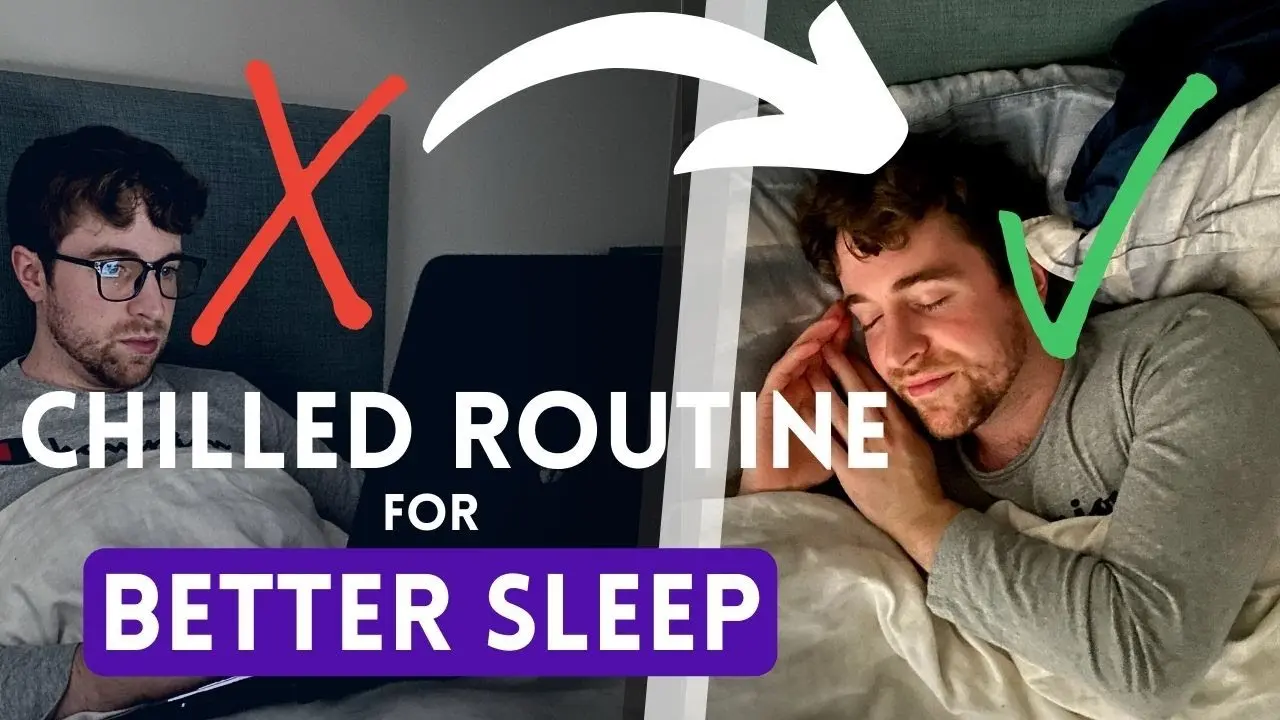Exercise Timing for Enhanced Sleep
Learn the best times to exercise to boost your sleep quality. Avoid workouts that might disrupt your nighttime rest.

Exercise Timing for Enhanced Sleep
Understanding the Exercise Sleep Connection
Hey there, ever wondered why some workouts leave you feeling energized and ready to conquer the world, while others just make you feel wired when you should be winding down? It's not just in your head; there's a real science behind how exercise timing impacts your sleep. Getting your sweat on is undeniably fantastic for your overall health, and that includes your sleep. Regular physical activity can significantly improve sleep quality, help you fall asleep faster, and even deepen your sleep cycles. But here's the kicker: the 'when' of your workout can be just as important as the 'what' and 'how much.' Let's dive into the fascinating interplay between your exercise routine and your precious slumber, making sure your fitness efforts are actually helping, not hindering, your journey to dreamland.
The Science Behind Exercise and Sleep Hormones
So, what's really going on inside your body when you exercise and how does it affect your sleep? It all boils down to a delicate balance of hormones and your body's core temperature. When you work out, especially with moderate to vigorous intensity, your body temperature rises. This isn't a bad thing; in fact, a post-exercise drop in body temperature can actually signal to your body that it's time to sleep, promoting drowsiness. However, if this temperature elevation happens too close to bedtime, your body might still be working to cool down when you're trying to drift off, making it harder to initiate sleep. Think of it like trying to sleep in a sauna – not ideal, right?
Beyond temperature, exercise also influences key sleep-regulating hormones. It can boost the production of endorphins, those feel-good chemicals that reduce stress and anxiety, which are often culprits behind sleepless nights. Regular exercise also helps regulate your circadian rhythm, your body's internal clock, by increasing exposure to natural light if you're exercising outdoors, and by providing a consistent signal to your body about when it should be active and when it should be resting. Furthermore, physical activity can reduce the levels of cortisol, the stress hormone, which can interfere with sleep if elevated in the evening. So, while exercise is a powerful sleep aid, understanding these physiological responses is key to timing it right.
Morning Workouts The Early Bird Gets the Best Sleep
For many, the morning is the golden hour for exercise, and for good reason when it comes to sleep. Kicking off your day with a workout can be incredibly beneficial for your sleep patterns. First, it helps to set your circadian rhythm. Exposure to natural light during an outdoor morning run or walk signals to your brain that it's daytime, reinforcing your wakefulness and making it easier to feel sleepy later when darkness falls. Second, morning exercise gives your body ample time to cool down before bedtime. The rise in core body temperature from your workout will have dissipated hours before you hit the hay, allowing for that crucial temperature drop that signals sleep onset.
Think about it: a brisk walk, a jog, or a gym session before work can boost your energy levels for the day, improve focus, and reduce stress, all of which indirectly contribute to better sleep. Plus, getting it done early means fewer excuses later in the day when fatigue or other commitments might derail your plans. So, if you're looking for a prime time to exercise for sleep benefits, the morning is often your best bet. It's a fantastic way to energize your day and set the stage for a restful night.
Afternoon Workouts The Sweet Spot for Many
If mornings aren't your jam, don't fret! Afternoon workouts, particularly in the late afternoon, can also be a fantastic option for optimizing your sleep. This window, typically between 2 PM and 6 PM, often allows for peak physical performance as your body temperature is naturally at its highest. This means you might feel stronger and more capable during your workout, potentially leading to a more effective session. From a sleep perspective, exercising in the late afternoon still provides enough time for your body temperature to return to normal before you start winding down for bed. The endorphin rush from your workout will have subsided, and the physical exertion will have created a healthy fatigue that can make falling asleep easier.
For many people with traditional work schedules, the late afternoon is also a practical time to fit in a workout, acting as a great way to de-stress after a long day. It allows you to burn off any lingering energy or tension, leaving you feeling more relaxed and ready for a peaceful evening. So, if you're looking for a balance between performance and sleep benefits, the late afternoon might just be your sweet spot.
Evening Workouts Navigating the Challenges
Now, let's talk about evening workouts. For some, this is the only time they can squeeze in exercise, and that's totally understandable. However, this is where timing becomes a bit more critical for sleep. As we discussed, intense exercise too close to bedtime can elevate your core body temperature and stimulate your nervous system, making it harder to fall asleep. The general recommendation is to avoid vigorous exercise within 1-3 hours of your intended bedtime. This gives your body sufficient time to cool down and your heart rate to return to a resting state.
But what if an evening workout is your only option? Don't despair! The key is to adjust the intensity and type of exercise. Opt for lower-intensity activities like a leisurely walk, gentle yoga, or stretching. These activities can actually promote relaxation and help you wind down, rather than revving you up. If you must do a more intense workout, try to finish it at least 3 hours before you plan to sleep. Listen to your body; some people are less sensitive to the stimulating effects of evening exercise than others. Experiment and see what works best for you, but err on the side of caution if you're struggling with sleep.
Types of Exercise and Their Sleep Impact
It's not just about when you exercise, but also what kind of exercise you're doing. Different types of physical activity have varying effects on your body and, consequently, on your sleep.
High Intensity Interval Training HIIT and Sleep
HIIT, or High-Intensity Interval Training, is fantastic for cardiovascular health and burning calories. However, due to its intense nature, it significantly raises your heart rate and core body temperature, and can keep your nervous system highly stimulated for a while after the workout. If you're a fan of HIIT, it's generally best to schedule these sessions earlier in the day – morning or early afternoon – to give your body ample time to recover and calm down before bedtime. Doing HIIT too close to sleep can leave you feeling wired and make it difficult to fall asleep.
Strength Training and Sleep Quality
Strength training is crucial for building muscle, improving metabolism, and bone density. Moderate strength training can be very beneficial for sleep, as it creates a healthy physical fatigue. Similar to HIIT, if you're lifting heavy, it's probably best to do it earlier in the day. However, a moderate strength session in the late afternoon can be perfectly fine for many, as long as you allow a few hours before sleep for your body to cool down and for any adrenaline to dissipate.
Cardio Running Cycling and Sleep
Aerobic exercises like running, cycling, swimming, or brisk walking are excellent for improving sleep quality. They help reduce stress and anxiety, and can deepen slow-wave sleep. Moderate cardio can be done at various times of the day. A morning run can help set your circadian rhythm, while an afternoon cycle can be a great way to de-stress. Even a light walk in the evening can be beneficial, as long as it's not too vigorous and doesn't elevate your heart rate excessively close to bedtime.
Yoga Stretching and Sleep Promotion
This is where evening exercise can truly shine. Gentle yoga, stretching, or Tai Chi are perfect for winding down. These activities focus on relaxation, flexibility, and mindful breathing, which can actively prepare your body and mind for sleep. They don't significantly raise your core body temperature or stimulate your nervous system. In fact, they can help lower cortisol levels and promote a sense of calm. Incorporating a short, gentle yoga or stretching routine into your pre-sleep ritual can be incredibly effective for improving sleep onset and quality.
Practical Tips for Timing Your Workouts for Better Sleep
Okay, so we've covered the science and the types of exercise. Now, let's get practical. Here are some actionable tips to help you time your workouts for optimal sleep:
- Prioritize Morning or Afternoon: If your schedule allows, aim for your most intense workouts in the morning or late afternoon. This gives your body plenty of time to recover and cool down before bed.
- Give Yourself a Buffer: As a general rule, try to finish any moderate to vigorous exercise at least 3 hours before you plan to go to sleep. If you're particularly sensitive, you might need a 4-6 hour buffer.
- Listen to Your Body: Everyone is different. What works for one person might not work for another. Pay attention to how your body responds to different workout times. If you find yourself wired after an evening workout, try moving it earlier.
- Evening Exercise? Keep it Gentle: If evening is your only option, stick to low-intensity activities like gentle yoga, stretching, or a leisurely walk. Avoid anything that significantly raises your heart rate or makes you sweat profusely.
- Cool Down Properly: After any workout, take time to cool down with some light stretching. This helps bring your heart rate down gradually and signals to your body that the intense activity is over.
- Hydrate Well: Staying properly hydrated throughout the day, especially after exercise, is crucial for overall health and can indirectly support better sleep.
- Create a Wind-Down Routine: Regardless of when you exercise, establish a consistent pre-sleep routine. This could include a warm bath, reading, or meditation, helping your body transition from activity to rest.
Recommended Products and Tools for Sleep-Friendly Exercise
To help you optimize your exercise routine for better sleep, here are some products and tools that can assist, along with their typical use cases, comparisons, and price ranges. Remember, these are just aids; consistency and listening to your body are key!
1. Heart Rate Monitors and Fitness Trackers
Use Case: These devices are fantastic for understanding your workout intensity and recovery. By tracking your heart rate during and after exercise, you can gauge if you're pushing too hard too close to bedtime. They also often track sleep, giving you direct feedback on how your exercise timing impacts your rest.
Product Comparisons:
- Garmin Forerunner Series (e.g., Forerunner 255): Excellent for runners and multi-sport athletes. Offers advanced heart rate tracking, recovery metrics, and detailed sleep analysis.
- Whoop Strap: Focuses heavily on recovery and sleep. It doesn't have a screen but provides comprehensive data on strain, recovery, and sleep stages. Great for serious athletes or those highly focused on optimizing recovery.
- Fitbit Charge Series (e.g., Charge 6): A more general fitness tracker that also offers solid heart rate monitoring and sleep tracking. User-friendly and good for everyday use.
- Apple Watch Series (e.g., Series 9): A versatile smartwatch with robust fitness tracking, including heart rate and advanced sleep tracking features. Integrates well with the Apple ecosystem.
Price Range:
- Fitbit Charge: $100 - $160 USD
- Garmin Forerunner: $250 - $500+ USD (depending on model)
- Whoop Strap: Subscription-based, typically around $30/month or $300/year (device included with subscription)
- Apple Watch: $250 - $800+ USD (depending on model and features)
Why it helps with sleep: Allows you to see if your heart rate is returning to normal before bed, and provides data on how your workout time affects your sleep quality and duration.
2. Yoga Mats and Props
Use Case: Essential for gentle evening exercises like yoga and stretching. A comfortable mat and props can enhance relaxation and make these wind-down activities more effective.
Product Comparisons:
- Lululemon Reversible Mat: High-quality, durable, and provides excellent grip. A popular choice for serious yogis.
- Manduka PRO Yoga Mat: Known for its density, support, and lifetime guarantee. A premium option.
- Gaiam Yoga Mat: More budget-friendly, widely available, and comes in various thicknesses and designs. Good for beginners.
- Yoga Blocks and Straps: Brands like Manduka, Gaiam, and Lululemon offer these. They help with alignment and deepening stretches.
Price Range:
- Yoga Mats: $20 - $150+ USD
- Yoga Blocks/Straps: $10 - $30 USD per item
Why it helps with sleep: Facilitates gentle, relaxing exercises that promote a calm state before bed, without stimulating the body too much.
3. Foam Rollers and Massage Balls
Use Case: Great for post-workout recovery, especially if you're feeling tight or sore. Releasing muscle tension can significantly improve comfort and relaxation, making it easier to fall asleep.
Product Comparisons:
- TheraBand Foam Roller: Durable and comes in various densities. Good for general muscle release.
- TriggerPoint GRID Foam Roller: Features a multi-density surface designed to mimic a therapist's hand, targeting specific muscle groups.
- Hyperice Hypersphere Mini (Vibrating Massage Ball): A compact, vibrating massage ball that offers targeted relief for knots and tight spots.
- Lacrosse Balls: A simple, inexpensive option for deep tissue massage in smaller areas.
Price Range:
- Foam Rollers: $20 - $60 USD
- Massage Balls: $10 - $40 USD
- Vibrating Massage Balls: $50 - $100+ USD
Why it helps with sleep: Reduces physical discomfort and promotes relaxation, which are crucial for sleep onset and quality.
4. Blue Light Blocking Glasses
Use Case: While not directly an exercise product, these are vital if you're exercising in the evening and then immediately transitioning to screen time (e.g., checking your workout stats on your phone). Blue light from screens can suppress melatonin production, making it harder to sleep.
Product Comparisons:
- Felix Gray: Stylish options with clear lenses that filter blue light. Good for everyday use.
- Swannies by Swanwick: Offer various tints (clear, yellow, orange) for different levels of blue light blocking, including strong amber lenses for evening use.
- Uvex Skyper Blue Light Blocking Glasses: A more industrial-looking, but highly effective and affordable option, especially for serious blue light blocking before bed.
Price Range:
- Uvex: $10 - $20 USD
- Felix Gray/Swannies: $50 - $150+ USD
Why it helps with sleep: Minimizes the negative impact of screen time on melatonin production, especially important if your evening routine involves screens after a workout.
5. Smart Lighting Systems
Use Case: If you're exercising indoors, especially in the evening, smart lighting can help you create an environment that supports your circadian rhythm. You can program lights to dim and shift to warmer tones as evening approaches, signaling to your body that it's time to wind down.
Product Comparisons:
- Philips Hue: A popular and comprehensive smart lighting system with a wide range of bulbs and fixtures. Easy to integrate with other smart home devices.
- LIFX: Known for bright, vibrant colors and no hub required.
- Govee: More budget-friendly options with good functionality, often including strip lights and unique lamps.
Price Range:
- Individual Smart Bulbs: $15 - $50 USD
- Starter Kits: $70 - $200+ USD
Why it helps with sleep: Creates an optimal light environment that supports natural melatonin production and signals to your body that it's time to prepare for sleep, especially after an evening workout.
Finding Your Personal Exercise Sleep Rhythm
Ultimately, the best exercise timing for enhanced sleep is highly personal. While the general guidelines suggest avoiding intense workouts too close to bedtime, your individual response might vary. Factors like your chronotype (whether you're a morning lark or a night owl), your overall fitness level, and your sensitivity to exercise-induced stimulation all play a role. The most important thing is to experiment and pay close attention to how different workout times affect your sleep quality. Keep a sleep journal for a week or two, noting down when you exercised, the intensity, and how well you slept that night. You might discover that a brisk walk after dinner helps you sleep like a baby, while a late-night HIIT session leaves you staring at the ceiling. The goal is to find a routine that energizes you during the day and allows you to transition smoothly into a restful night. Consistency in your exercise routine, combined with smart timing, is a powerful combination for unlocking your best sleep yet.
:max_bytes(150000):strip_icc()/277019-baked-pork-chops-with-cream-of-mushroom-soup-DDMFS-beauty-4x3-BG-7505-5762b731cf30447d9cbbbbbf387beafa.jpg)






